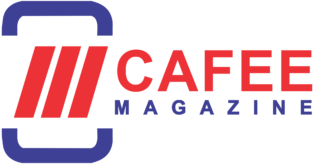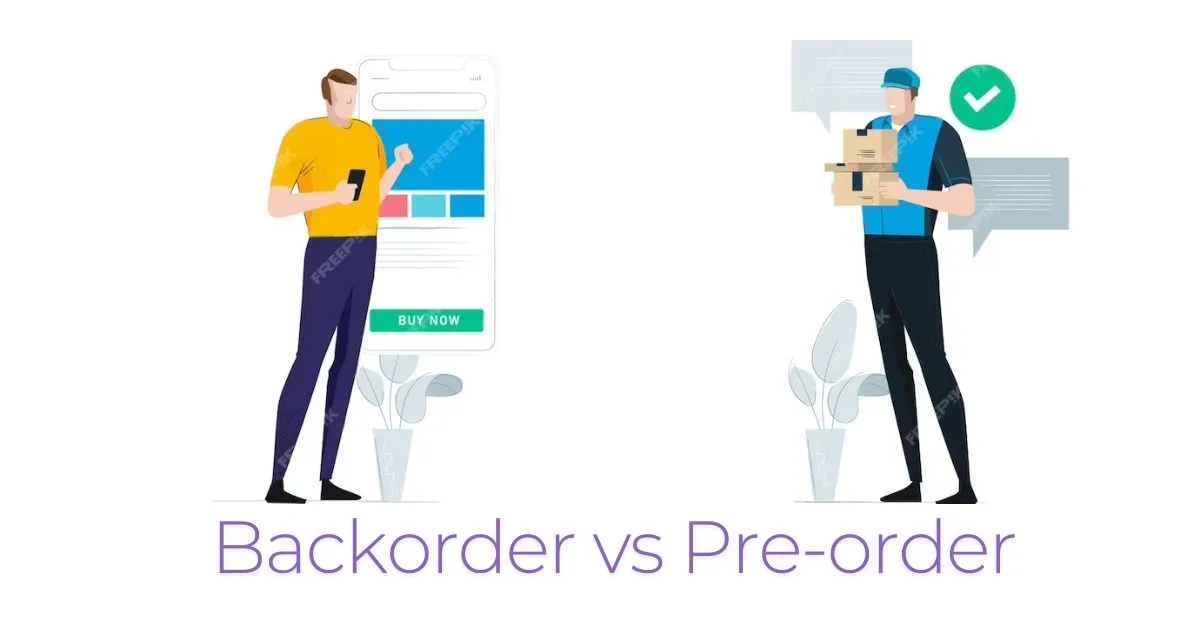Many retailers face the challenge of handling products that aren’t immediately available, either due to a temporary out-of-stock situation or because the product has not yet been released. In the Google Merchant Center, these products can be categorized as either backorder or pre-order. Knowing how and when to use each status is crucial for avoiding product disapproval, maintaining transparency with customers, and ensuring product listings are as optimized as possible.
So, what exactly are the differences between backorder and pre-order in the Merchant Center? Let’s dive into the details.
What is Merchant Center Availability?
Definition of Availability Attribute
The availability attribute in the Google Merchant Center allows retailers to inform customers about the current status of their products. This can help in managing expectations and improving the overall user experience. Retailers can choose from several availability statuses, including:
In Stock: The product is available for immediate purchase.
Out of Stock: The product is not available, and it’s unclear when it will return.
Pre-order: The product is not yet released but is available for advance purchase.
Backorder: The product is temporarily unavailable but can still be ordered and will be shipped when back in stock.
Why Availability Matters
Choosing the correct availability status is crucial because it directly impacts the visibility of your products on Google Shopping and the satisfaction of customers who rely on accurate stock information when making purchasing decisions. Incorrect availability settings can lead to disapproved listings, frustrated customers, and potential revenue loss.
In Stock vs Out of Stock: The Basic Statuses
Before discussing backorders and pre-orders, it’s essential to understand the simpler statuses.
In Stock: If a product is available for immediate fulfillment, it is listed as “In Stock.” This status ensures the product is visible and purchasable through platforms like Google Shopping.
Out of Stock: When a product is unavailable with no clear restock date, it should be listed as “Out of Stock.” This prevents customers from ordering something you cannot supply.
Using these statuses correctly helps streamline the shopping experience. However, things get a little more complicated when dealing with products that are still orderable but not immediately available—this is where backorders and pre-orders come into play.
Understanding Backorder
What Does Backorder Mean?
Backordering refers to a situation where a product is temporarily out of stock, but customers can still place orders for it. Once the item is restocked, these orders are fulfilled. In the Merchant Center, this allows retailers to keep receiving sales without removing the product from their listings.
When to Use Backorder in Merchant Center
Use the backorder status if the product is unavailable but expected to return soon. This option keeps the product live on Google Shopping and allows users to place orders even though fulfillment might be delayed. However, it’s important to ensure that accurate availability dates are provided to manage customer expectations.
Customer Expectations with Backorders
Customers opting to place an order on backorder generally understand there will be a delay in shipping. However, clearly stating the estimated availability date is critical to prevent frustration. Retailers should make this information easily accessible, both in product descriptions and during the checkout process.
Understanding Pre-order
What is a Pre-order?
Pre-orders apply to products that have not yet been released but can be ordered ahead of time. Think of it like getting a ticket to a concert before the band even announces its tour dates. For merchants, this helps gauge interest and secure sales before the item is physically available.
When to Use Pre-order in Merchant Center
Use the pre-order status when a product isn’t available for immediate shipping because it hasn’t been released yet. This is common for newly launched products such as gadgets, limited edition items, or collectibles.
Managing Pre-order Expectations
Similar to backorders, it’s important to manage customer expectations when offering pre-orders. Clearly mention the anticipated release or shipping date and offer regular updates if delays occur.
Key Differences Between Backorder and Pre-order
Availability: Backordered products were once available but are temporarily out of stock. Pre-orders, on the other hand, have never been available yet.
Fulfillment Timing: Backorders will be shipped as soon as the product becomes available again, while pre-orders are fulfilled only after the product’s official release date.
Customer Expectations: Backorders typically involve short-term delays, whereas pre-orders might have longer lead times, depending on the release schedule.
Impact of Using Incorrect Availability Status
Choosing the wrong availability status can negatively impact both customer satisfaction and product visibility. If a product is incorrectly listed as in stock, only to be unavailable later, it can lead to customer complaints, order cancellations, and damage to brand reputation. Additionally, incorrect listings may be disapproved by Google, leading to missed opportunities for sales.
How to Configure Backorder and Pre-order in Merchant Center
Setting the Correct Attributes
When configuring a product listing in Merchant Center, select the availability status that best represents the product’s current state. For backorders, choose the “backorder” option and include the availability date when the product is expected to be back in stock. For pre-orders, select “pre-order” and provide the anticipated release date using the availability_date attribute.
Availability Dates
Both backorders and pre-orders require setting an availability date to inform customers when they can expect the product to ship. This date must match the details on the product landing page to avoid disapproval by Google.
Best Practices for Backorder and Pre-order Listings
Always ensure that product landing pages and Merchant Center listings reflect the same availability status.
Clearly state any potential shipping delays due to backorders or pre-orders in the product description.
Keep customers informed through email updates when the status of their order changes.
Regularly update availability dates as new information comes in.
How Backorders and Pre-orders Affect SEO
Both backorders and pre-orders can affect how a product ranks on Google Shopping and other search platforms. Products with accurate availability statuses tend to perform better because they provide a positive user experience. Using the right keywords and including availability information in meta descriptions can further enhance visibility.
Optimizing Customer Communication for Backorders and Pre-orders
Communication is key when managing backorders and pre-orders. Ensure that customers are aware of any delays, and offer them the option to cancel their order if the wait becomes too long. This transparency can build trust and keep customers coming back.
Common Mistakes to Avoid
- Listing a backordered product as “in stock” to attract customers.
- Failing to update availability dates when they change.
- Not providing clear communication about shipping timelines.
Merchant Center Rules to Prevent Disapproval
Google has strict rules regarding product listings, and failing to adhere to them can result in disapproved products. Ensure that the availability status in the Merchant Center matches what is shown on your website, and avoid misrepresenting product availability to attract more sales.
Conclusion
Understanding the differences between backorder and pre-order statuses is essential for e-commerce retailers using the Google Merchant Center. By setting the correct availability, merchants can keep their product listings accurate, manage customer expectations, and optimize their online presence. Whether dealing with temporary stock shortages or new product launches, choosing the right option ensures a smooth shopping experience for all.
FAQs:
Can backordered items be canceled by the customer?
Yes, most retailers allow customers to cancel a backorder if they no longer want to wait for the product to become available.
How long can an item remain on backorder in Merchant Center?
There is no strict time limit, but it’s recommended to update the availability status if the delay becomes too long or uncertain.
Does using pre-order affect product ranking on Google Shopping?
Yes, accurate availability information can improve product ranking, as it enhances the user experience.
What happens if an availability date changes after a pre-order?
Merchants should update the availability date in both the Merchant Center and on their website and notify customers of the new timeline.
Is it possible to list a product for both backorder and pre-order?
No, products can only be listed as either backorder or pre-order, depending on their status.

